Little Goody Two Shoes
Instead of being an object of derision, the original Little Goody Two Shoes was wildly admired according to a Smithsonian Magazine article by Harvard University historian V.M. Braganza. After all, Margery Meanwell, the title character of this early work of children's literature first published in 1765, was a trailblazing heroine who "offered a striking alternative to prevailing gender norms. Over the course of the novel, Margery teaches herself to read, foils a major robbery, founds a school, earns her own living, stands up for animal rights and overcomes accusations of witchcraft."
Dig into this album to learn more!
 Julie Schaul, for this great album and opportunity to learn more about the origin of Goody Two Shoes!
Julie Schaul, for this great album and opportunity to learn more about the origin of Goody Two Shoes! Little Goody Two Shoes
Instead of being an object of derision, the original Little Goody Two Shoes was wildly admired according to a Smithsonian Magazine article by Harvard University historian V.M. Braganza. After all, Margery Meanwell, the title character of this early work of children's literature first published in 1765, was a trailblazing heroine who "offered a striking alternative to prevailing gender norms. Over the course of the novel, Margery teaches herself to read, foils a major robbery, founds a school, earns her own living, stands up for animal rights and overcomes accusations of witchcraft."
Dig into this album to learn more!
Instead of being an object of derision, the original Little Goody Two Shoes was wildly admired according to a Smithsonian Magazine article by Harvard University historian V.M. Braganza. After all, Margery Meanwell, the title character of this early work of children's literature first published in 1765, was a trailblazing heroine who "offered a striking alternative to prevailing gender norms. Over the course of the novel, Margery teaches herself to read, foils a major robbery, founds a school, earns her own living, stands up for animal rights and overcomes accusations of witchcraft."
Dig into this album to learn more!
Instead of being an object of derision, the original Little Goody Two Shoes was wildly admired according to a Smithsonian Magazine article by Harvard University historian V.M. Braganza. After all, Margery Meanwell, the title character of this early work of children's literature first published in 1765, was a trailblazing heroine who "offered a striking alternative to prevailing gender norms. Over the course of the novel, Margery teaches herself to read, foils a major robbery, founds a school, earns her own living, stands up for animal rights and overcomes accusations of witchcraft."
Dig into this album to learn more!
 Julie Schaul
, thank you for sharing the history of the George Cleveland Hall Branch and of all the prominent African Americans connected to it in some way. The links you've included tell a rich story, and they paint a fascinating picture of people working together toward a goal of ensuring future access. If anyone is looking for new voices and new faces to celebrate Black heroes, why not start with Librarian Vivian G. Harsh?
Julie Schaul
, thank you for sharing the history of the George Cleveland Hall Branch and of all the prominent African Americans connected to it in some way. The links you've included tell a rich story, and they paint a fascinating picture of people working together toward a goal of ensuring future access. If anyone is looking for new voices and new faces to celebrate Black heroes, why not start with Librarian Vivian G. Harsh?
A similar storyline was playing out in Chicago. In this article from the Chicago Public Library, you will learn about Vivian G. Harsh, a Chicago native who became the first African American branch head after accepting the position at the George Cleveland Hall Branch.
"Over time and with keen insight, Harsh collected rare books, pamphlets and materials that documented the African American experience.... In the 1930s, the collection’s reputation spread and the library became a meeting place for promising young Black writers, artists and activists. When the WPA’s Federal Writers Project was shut down, the director of the "Negro in Illinois" project donated over a hundred boxes of research materials to Harsh. Langston Hughes donated the manuscripts and galley proofs for his biography, The Big Sea. Scholars and neighborhood folk mingled at the bimonthly Book Review and Lecture Forum, which hosted such speakers as Richard Wright, Zora Neal Hurston, Gwendolyn Brooks, Alain Locke, Horace Cayton and St. Clair Drake. The collection was a success and grew into one of the largest collections of African American literature and history in the United States."
In February of 2024 the exciting news was shared that thanks to $2 million from the Mellon Foundation to the Chicago Public Library, nearly 300,000 pieces from the Harsh collection and beyond will be digitized. According to this news article, "The library workers will digitize what amounts to 1,600 linear feet. They're expecting to finish the project in three years."
A similar storyline was playing out in Chicago. In this article from the Chicago Public Library, you will learn about Vivian G. Harsh, a Chicago native who became the first African American branch head after accepting the position at the George Cleveland Hall Branch.
"Over time and with keen insight, Harsh collected rare books, pamphlets and materials that documented the African American experience.... In the 1930s, the collection’s reputation spread and the library became a meeting place for promising young Black writers, artists and activists. When the WPA’s Federal Writers Project was shut down, the director of the "Negro in Illinois" project donated over a hundred boxes of research materials to Harsh. Langston Hughes donated the manuscripts and galley proofs for his biography, The Big Sea. Scholars and neighborhood folk mingled at the bimonthly Book Review and Lecture Forum, which hosted such speakers as Richard Wright, Zora Neal Hurston, Gwendolyn Brooks, Alain Locke, Horace Cayton and St. Clair Drake. The collection was a success and grew into one of the largest collections of African American literature and history in the United States."
In February of 2024 the exciting news was shared that thanks to $2 million from the Mellon Foundation to the Chicago Public Library, nearly 300,000 pieces from the Harsh collection and beyond will be digitized. According to this news article, "The library workers will digitize what amounts to 1,600 linear feet. They're expecting to finish the project in three years."
New York's First Black Librarians Changed the Way We Read
Above is a gift link to a fascinating article by Jennifer Schuesseler in the July 5, 2024, New York Times about "how the women who ran libraries during the Harlem Renaissance built collections, and just as important, communities of writers and readers." It recounts much of the history of Black librarians and the collections dedicated to Black life and literature that they built.
One of my favorite parts of the article tells about how in the 1950s a librarian at Howard University created new subject headings "like passing, Pan-Africanism and the blues" left out of the early Dewey Decimal System and the Library of Congress subject headings.
It's also a celebration of librarians and the vital work they do in their communities today. Tracie D. Hall, the first female Black executive director of the American Library Association, believes that librarians need to be warriors. And Black librarians, especially. She says,"Because there are so few of us, our work has to be of consequence."
The article also mentions Librarian of Congress, Carla Hayden!

In 1925, the New York Public Library system established the first public collection dedicated to Black materials at its 135th Street branch in Harlem, now known as the Schomburg Center for Research in Black Culture. Credit...New York Public Library
Above is a gift link to a fascinating article by Jennifer Schuesseler in the July 5, 2024, New York Times about "how the women who ran libraries during the Harlem Renaissance built collections, and just as important, communities of writers and readers." It recounts much of the history of Black librarians and the collections dedicated to Black life and literature that they built.
One of my favorite parts of the article tells about how in the 1950s a librarian at Howard University created new subject headings "like passing, Pan-Africanism and the blues" left out of the early Dewey Decimal System and the Library of Congress subject headings.
It's also a celebration of librarians and the vital work they do in their communities today. Tracie D. Hall, the first female Black executive director of the American Library Association, believes that librarians need to be warriors. And Black librarians, especially. She says,"Because there are so few of us, our work has to be of consequence."
The article also mentions Librarian of Congress, Carla Hayden!

In 1925, the New York Public Library system established the first public collection dedicated to Black materials at its 135th Street branch in Harlem, now known as the Schomburg Center for Research in Black Culture. Credit...New York Public Library
Testimonials
- I love that there is new info on the site daily!
- I had a wonderful time working with the Library of Congress and learning about all of the resources at my fingertips!
- The TPS Teachers Network has an equal exchange of ideas. You know it's not a place where you're being judged.
- My colleagues post incredibly fine resources and ideas....the caliber of the suggestions and resources make me feel that I take a lot from it. It's a takeaway. And I hope that I can give back as much as I get.
- Going into this school year, I have a fantastic new resource for my own instruction and to share with my colleagues!
- I am very glad that I discovered the TPS Teachers Network through RQI. Great resources can be hard to find out there on the internet!







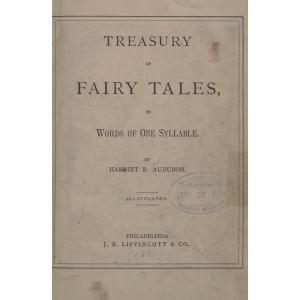
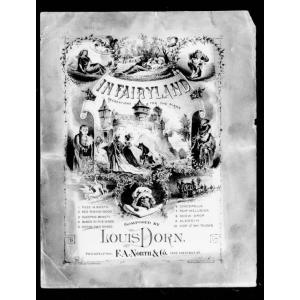






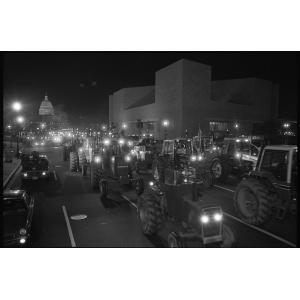
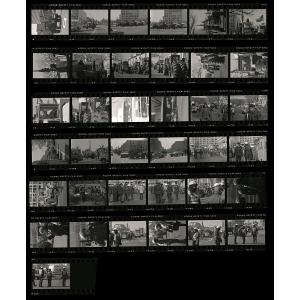
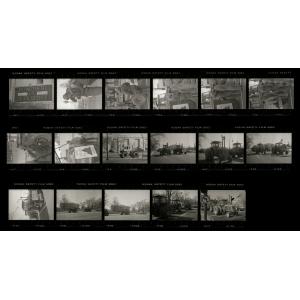


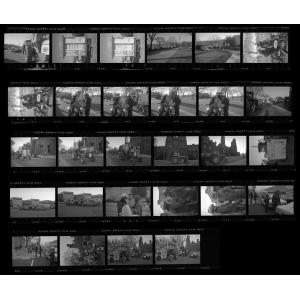
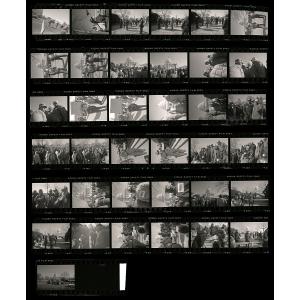
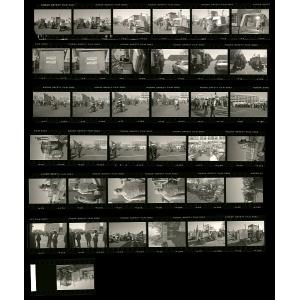
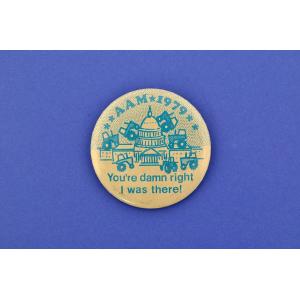


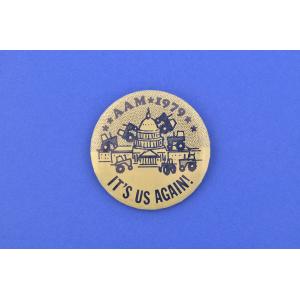
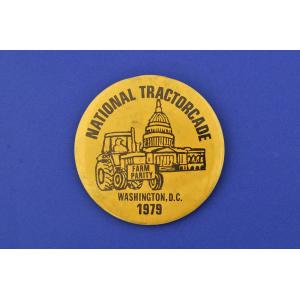



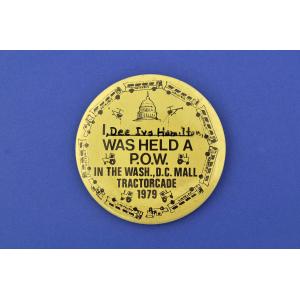


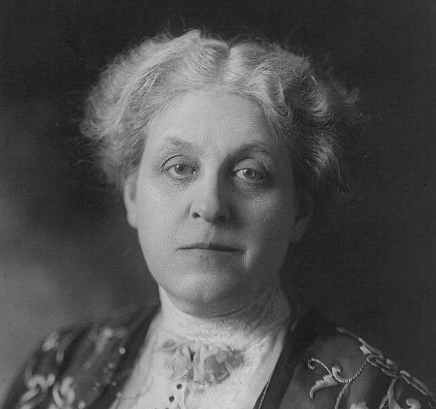
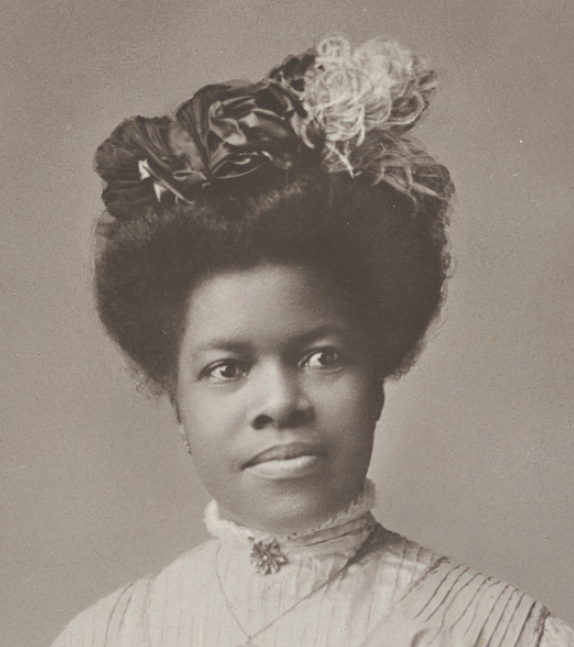
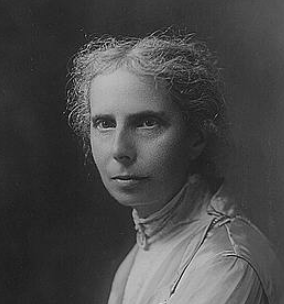
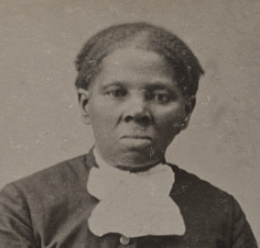

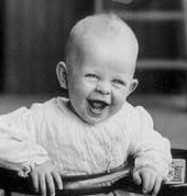
I had no idea that the familiar expression "Little Goody Two Shoes" was the name of one of the earliest children's books ever published. The obvious hook for a children's librarian would be to ask if young students had ever heard of or been called a "Goody Two Shoes." If so, how did that make them feel?
I also like the suggestion that this is a Cinderella story, which might be more familiar to students.